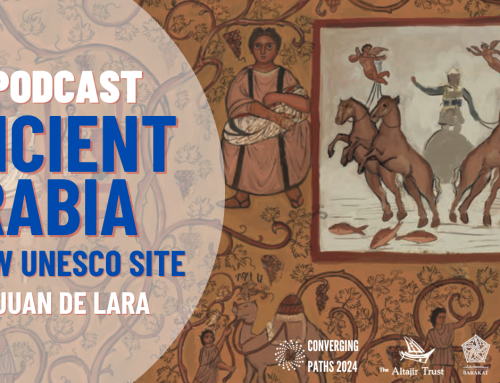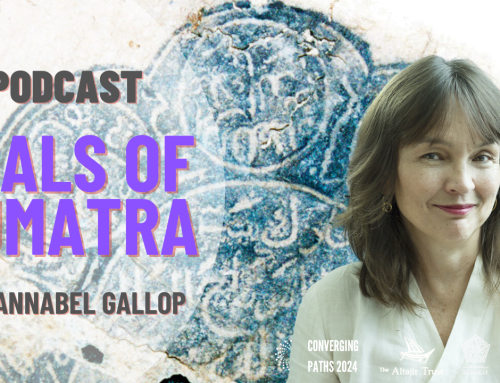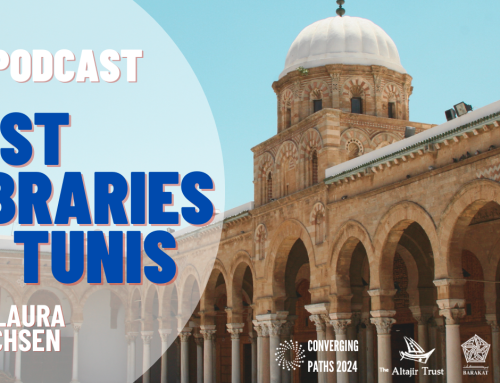Ratish Nanda, CEO of Aga Khan Cultural Services – India, tells us about his work and how the Aga Khan Trust for Culture helps transform neighbourhoods and communities based on their needs. Nanda and his team have revived and reinvigorated public spaces in India, creating new recreation places with a particular focus on gardens – giving people a new perspective on their environment.
Ratish Nanda is a noted Indian conservation architect, who presently heads a multi-disciplinary team implementing the Nizamuddin Urban Renewal Initiative in Delhi – a project with distinct conservation, environmental development and socio-development components and the conservation initiative in the Quli Qutb Shah Heritage Park in Hyderabad.
He heads the team which oversaw the garden restoration work at Humayun’s Tomb in Delhi, completed in March 2003. This was also first privately funded restoration of a World Heritage Site in India, undertaken by the Aga Khan Trust for Culture (AKTC) and the Archaeological Survey of India (ASI), under the National Culture Fund.
Ratish completed architectural studies with a Gold Medal in 1995 from the School of Habitat Studies, Delhi followed by an MA in Conservation Studies from the University of York, UK in 1998.
In 2007, Nanda was awarded the Eisenhower Fellowship. He has also received the Sanskriti Award for Socio-Cultural achievement, Prince Claus fund Urbanhero title, Aga Khan Foundation international scholarship, and the Charles Wallace Conservation Fellowship. He has served as a member of the Delhi Urban Arts Commission (DUAC) in the years 2008-11 and has been listed amongst 50 most influential young Indians by India Today magazine in 2006.
Ratish has authored over 100 articles and given a similar number of public lectures in India and abroad.
This podcast is part of Converging Paths and Arts In Isolation, a partnership with Asia House, kindly supported by the Altajir Trust, and the Aga Khan Trust for Culture’s Education Programme.






